- Have any questions?
- +86-189 8930 5995
- sales@mosinterchem.com.cn
Sodium Bicarbonate Food Grade CAS 7758-29-4

Sodium Metabisulfite (Food Grade) CAS 7681-57-4
17/12/2018
Tricalcium Phosphate CAS 7758-87-4
17/12/2018| Model: | MOS7758-29-4 |
| Place of Origin: | Shandong,China (Mainland) |
| Brand Name: | MOSINTER |
| CAS No.: | 7758-29-4 |
| Na5P3O10 %≥: | 85 |
| P2O5 %≤: | 58 |
| Water Insoluble %≤: | 0.1 |
| Molecular formula: | Na5P3O10 |
| Molecular weight: | 367.86413 |
| Water solubility: | 20 g/100 mL (20℃) |
| Melting Point: | 622℃ |
| Sensibility: | Hygroscopic |
| Storage condition: | Stable. Incompatible with strong oxidizing agents, strong acids. Hygroscopic. |
Sodium Bicarbonate( Food Grade) (CAS: 7758-29-4)
| Item | Index |
| Appearance | White powdery or granular |
| Na5P3O10 %≥ | 85 |
| P2O5 %≤ | 58 |
| Water Insoluble %≤ | 0.1 |
| Fluoride (F) / (mg / kg) ≤ | 50 |
| Arsenic (As) / (mg / kg) ≤ | 3 |
| Heavy metals (Pb) / (mg / kg) ≤ | 10 |
| Lead (Pb) / (mg / kg) ≤ | 4 |
Preparation and properties
Sodium tripolyphosphate is produced by heating a stoichiometric mixture of disodium phosphate, Na2HPO4, and monosodium phosphate, NaH2PO4, under carefully controlled conditions.
2 Na2HPO4 + NaH2PO4 → Na5P3O10 + 2 H2O
In this way, approximately 2 million tons are produced annually.
STPP is a colourless salt, which exists both in anhydrous form and as the hexahydrate. The anion can be described as the pentanionic chain [O3POP(O)2OPO3]5-. Many related di-, tri-, and polyphosphates are known including the cyclic triphosphate P3O93-. It binds strongly to metal cations as both a bidentate and tridentate chelating agent.
Chelation of a metal cation by triphosphate.
Uses
In detergents
The majority of STPP is consumed as a component of commercial detergents. It serves as a “builder,” industrial jargon for a water softener. In hard water (water that contains high concentrations of Mg2+ and Ca2+), detergents are deactivated. Being a highly charged chelating agent, TPP5- binds to dications tightly and prevents them from interfering with the sulfonate detergent.
Food applications
STPP is a preservative for seafood, meats, poultry, and animal feeds. It is common in food production as E number E451. In foods, STPP is used as an emulsifier and to retain moisture. Many governments regulate the quantities allowed in foods, as it can substantially increase the sale weight of seafood in particular. The United States Food and Drug Administration lists STPP as “generally recognized as safe.”.
Other uses
Other uses (hundreds of thousands of tons/year) include “ceramics, leather tanning (as masking agent and synthetic tanning agent – SYNTAN), anticaking, setting retarders, flame retardants, paper, anticorrosion pigments, textiles, rubber manufacture, fermentation, antifreeze.” TPP is used as a polyanion crosslinker in polysaccharide based drug delivery.
You must be logged in to post a review.

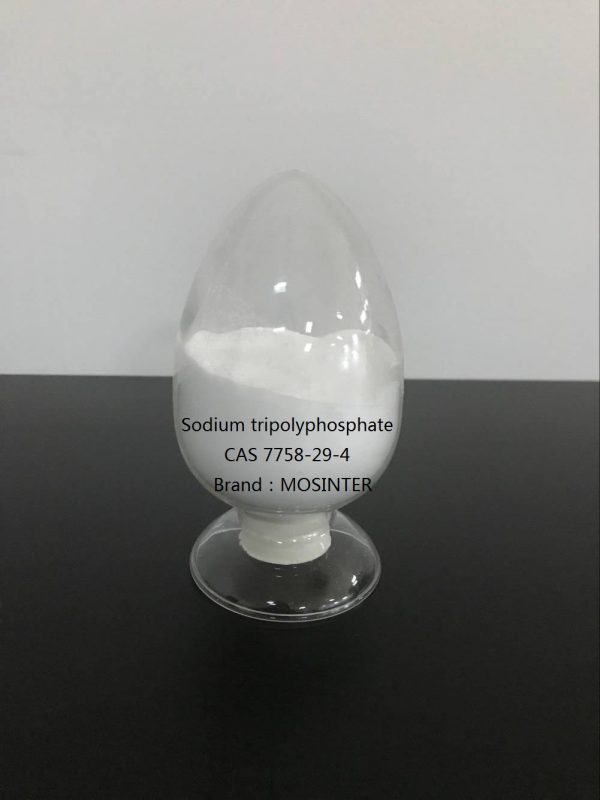
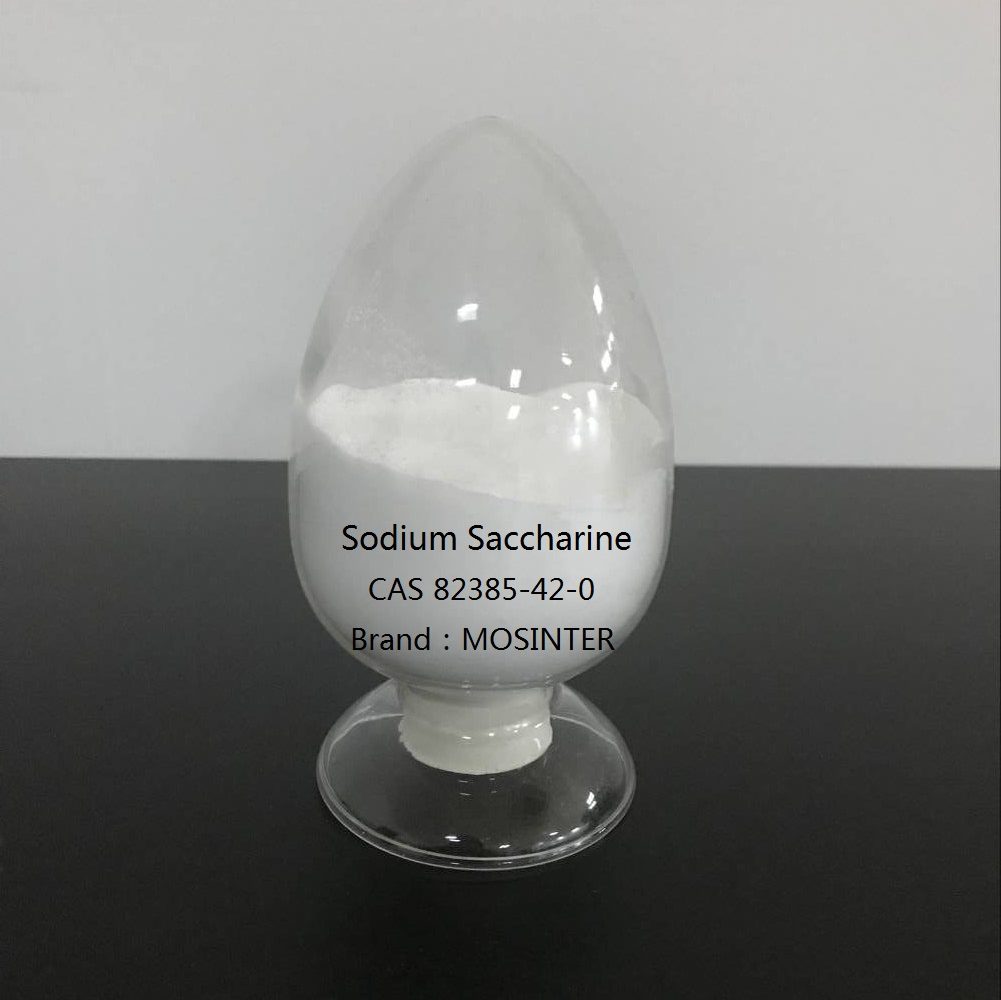
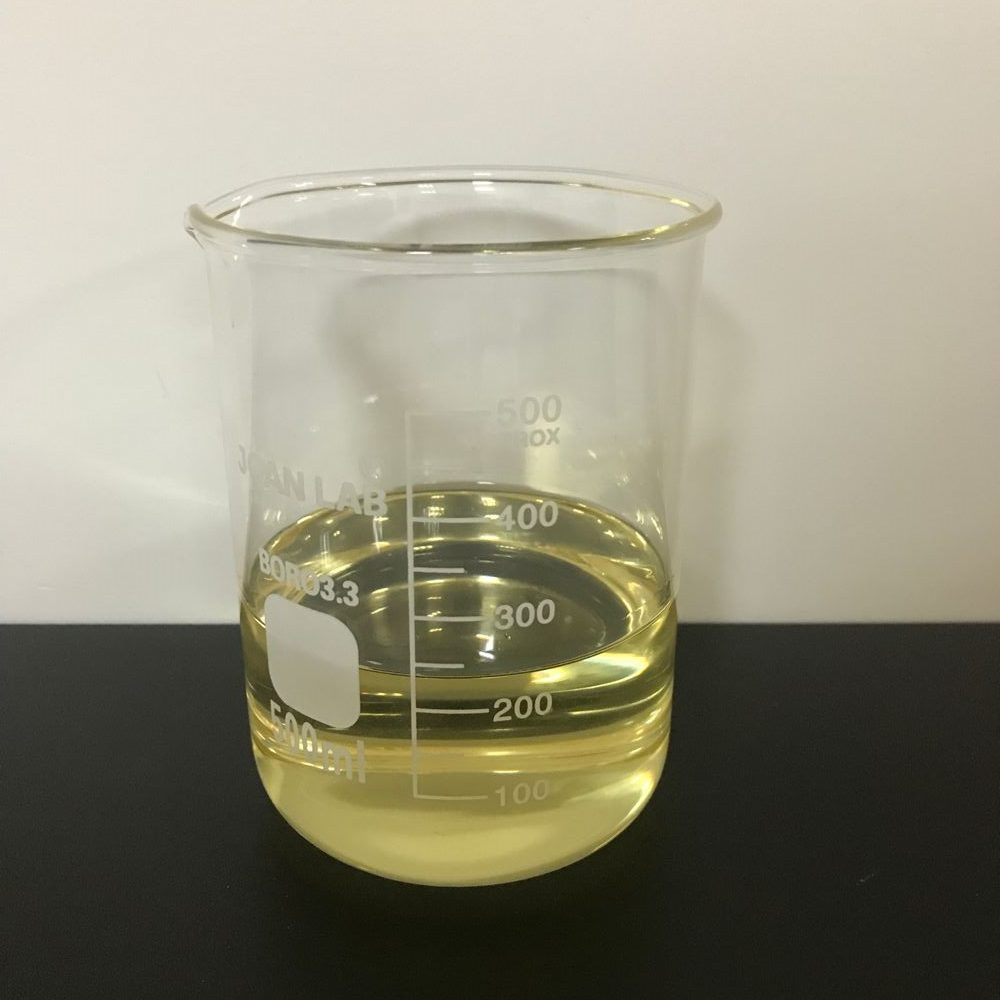
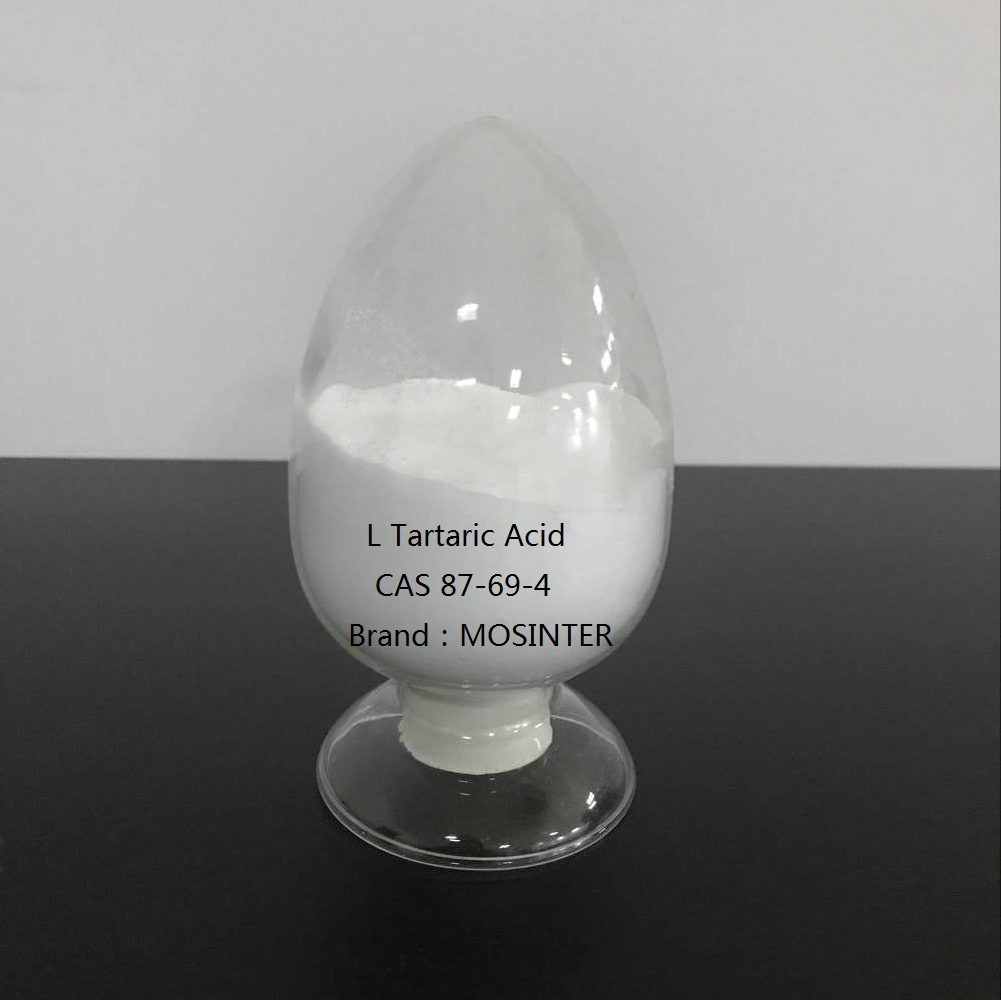
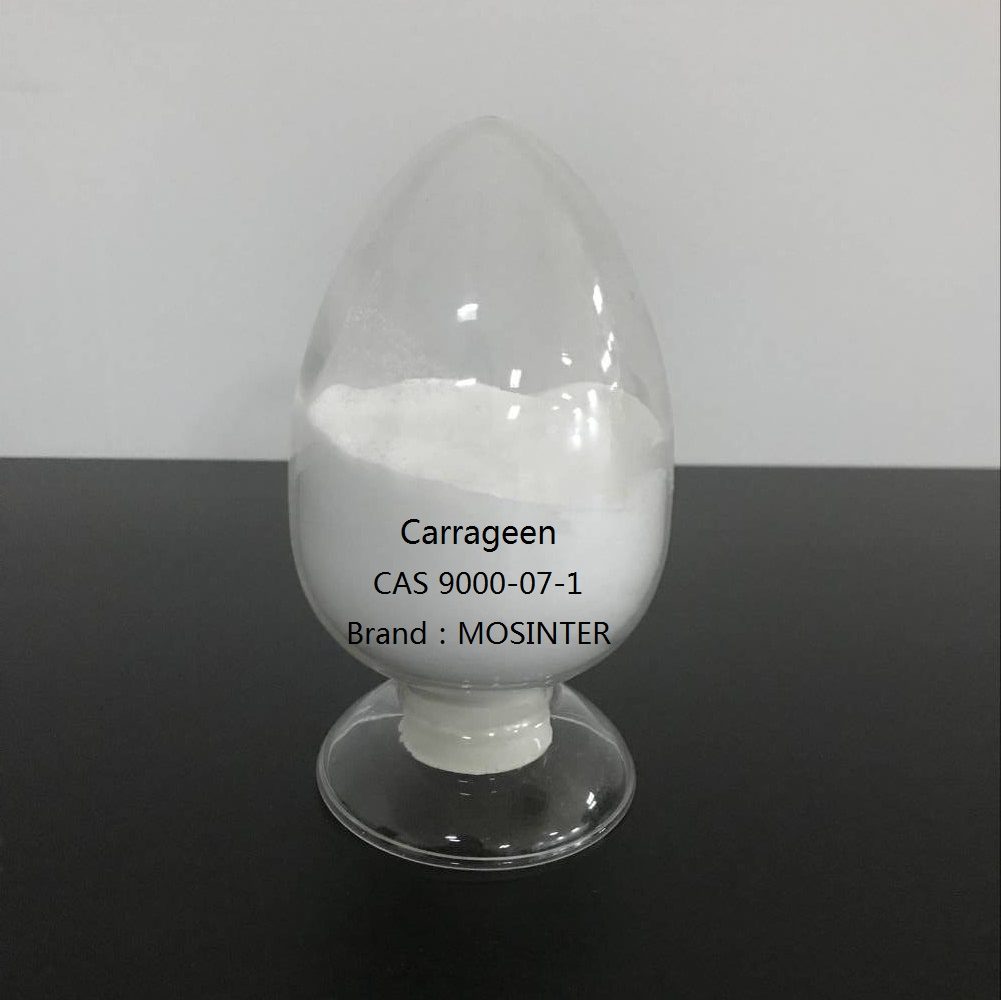
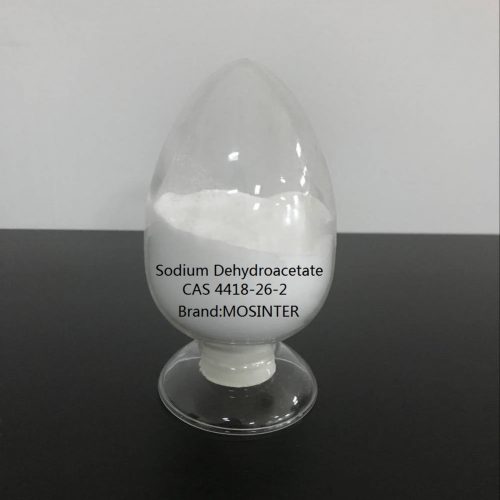
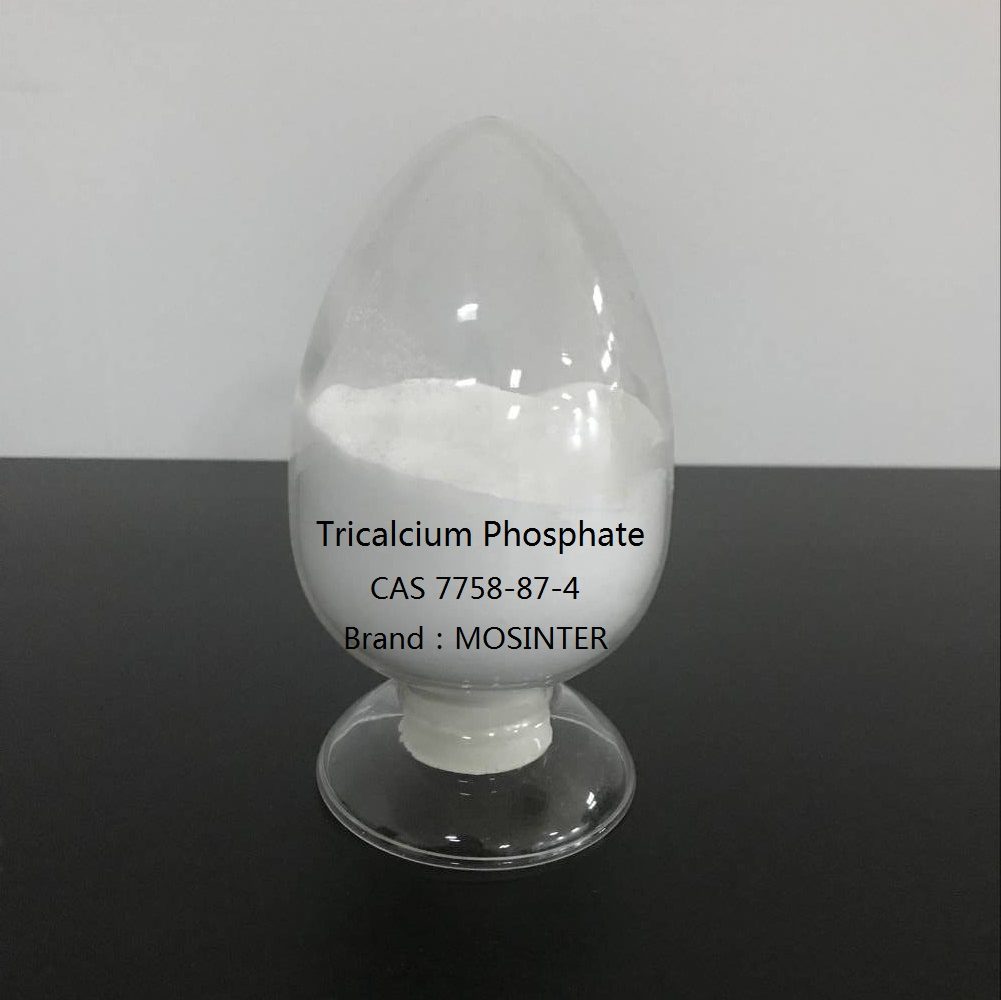
Reviews
There are no reviews yet.